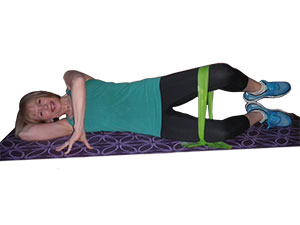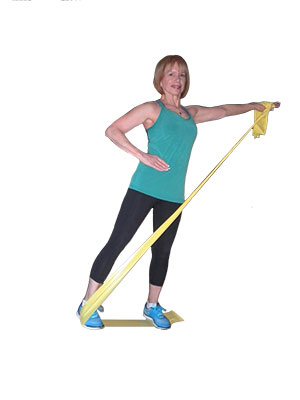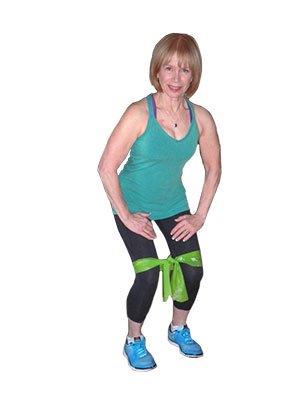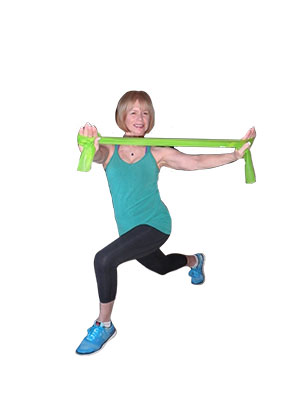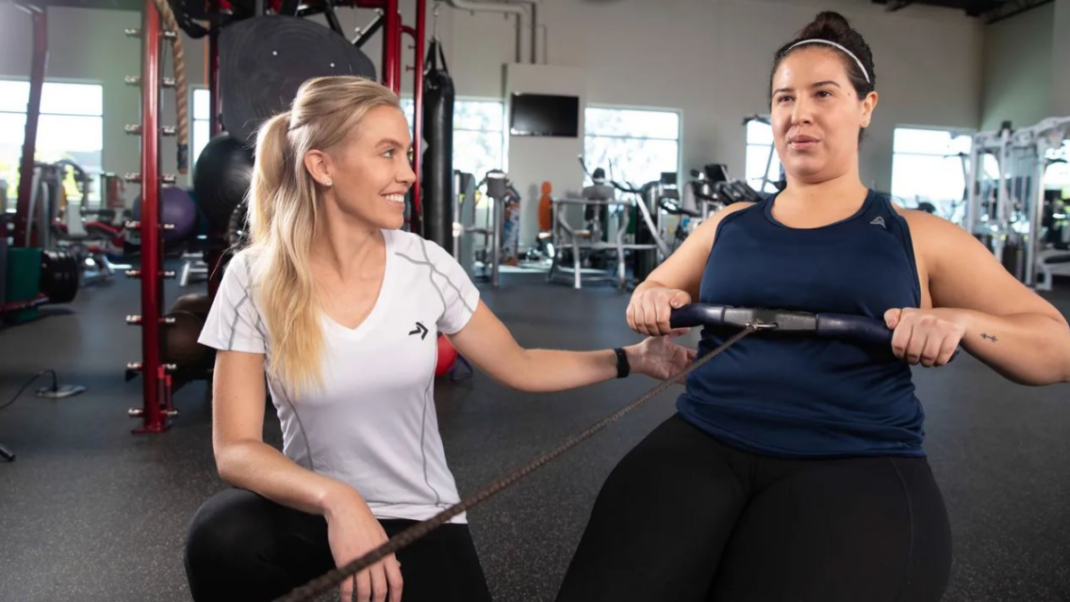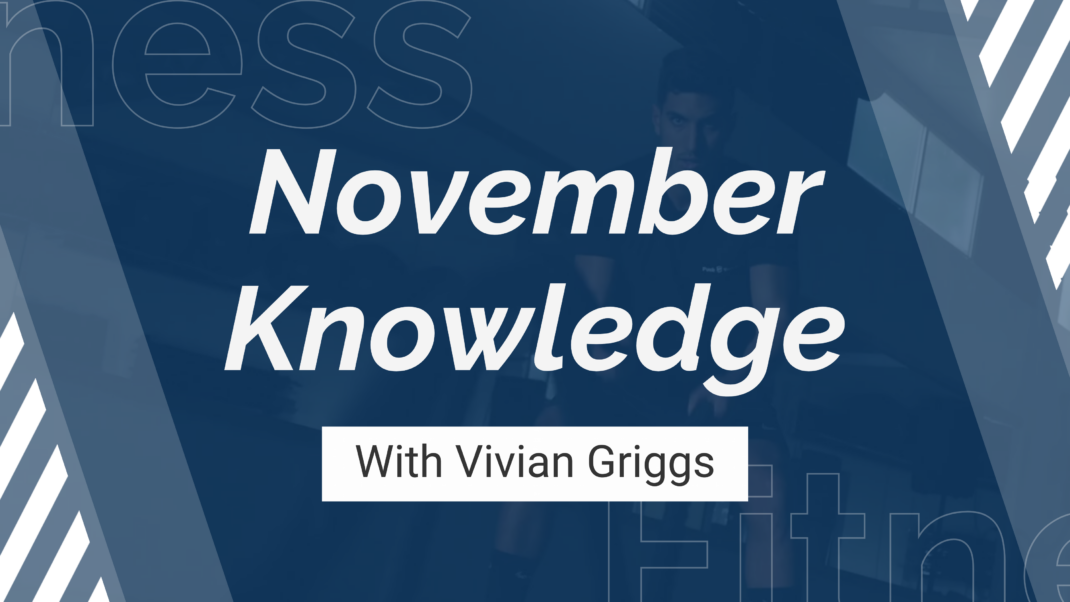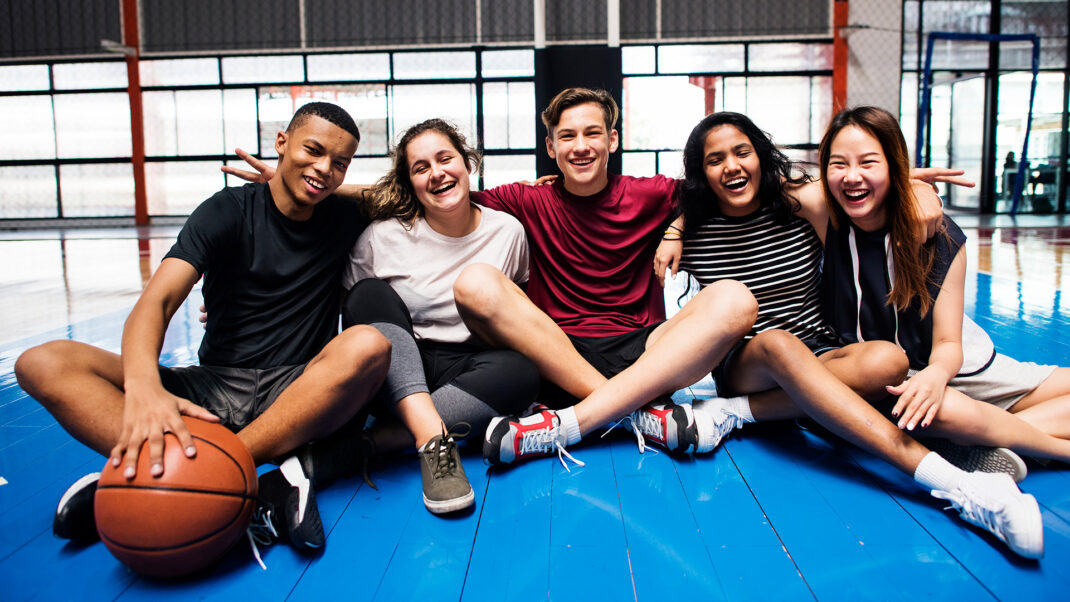Wake Up Your Glutes!
The importance of gluteals for core stability and lower-back health.
It’s a sad fact of modern life that the gluteus maximus, the largest muscle in the body, often becomes inhibited and “turns off.” Ironically, this inhibition can be the culprit behind some cases of back and knee pain.
Instructors usually teach core stability exercises that focus on the abdominal region, including the transversus abdominis, obliques and paraspinal muscles. This is all well and good; however, what about lower-back pain tied to “sleeping” gluteal muscles? There is no question the trunk muscles are important, but the gluteals are equally important for core stability and lower-back health.
The following Pilates-inspired progressions will transition your clients from the floor to standing with full-body exercises that mirror daily activities and athletic movements, while emphasizing core and pelvic stability. Using a light Theraband® works the body in three planes of motion. The end result: proper muscle activation and timing, improved upper-body postural stabilization and better energy transfer.
Active Bridge

Lie supine, feet flat on floor, knees bent, heels fairly close to buttocks. Wrap ends of band around each hand, arms shoulder-width apart above chest. Apply gentle pressure to band, and lift torso from tailbone to shoulders, moving into full hip extension. Pull arms down to sides, band stretched across pelvis. Roll torso back down to mat, and return arms to start. Repeat 5×–8×.
Hip and Torso Twist
Lie supine, legs in tabletop position. Wrap band around each hand, arms shoulder-width apart above chest. Apply gentle pressure to band, inhale, and move both arms and legs laterally in opposition to one another, rotating torso. As you exhale, return to center, and then switch sides. Repeat 5×–8×.
The Clam
Lie on side, legs bent at a 45-degree angle forward, hips stacked. Lift ribs off floor to create “half-moon” under torso. Tie shorter band above knees, or wrap longer band around outside of thigh above knee. Keeping heels pinned together, raise and rotate knee up toward ceiling while hips remain stacked. Return to start position, and repeat 5×–10×. Switch sides.
Standing Abduction
Stand with torso erect, band under both feet (short end under support leg; long
end in hand opposite the moving leg). Abduct band to shoulder height while balancing on support leg and abducting opposite leg. Keep hips forward.Return to start position. Repeat 8x-10x, each leg.
Squat With Abduction
Wrap band around outside of thighs, above knees. Begin in squat position, torso erect, spine neutral, feet hip width apart. Keeping hips square to front, step one leg laterally into wider squat, creating tension on band. Return to start, and repeat 8x-10x. Switch sides.
Rotating Lunge
Stand with torso erect, legs hip-width apart. Wrap band around each hand, arms shoulder-width apart at chest height. Lunge back with one leg while rotating torso in direction of stabilizing leg. Maintain gentle pressure on band, and follow movement with eyes. Return to start position and switch sides. Repeat 10x-12x, each leg.
June Kahn
June Kahn is the 2009 World IDEA Fitness Instructor of the Year and founder of June KahnÔÇÖs Bodyworks, LLC. She is the director of education for BeamFit, LLC, and is best known for bridging the gap between classical Pilates and the fitness industry. Currently, she is the Life Studio coordinator for Life Time Fitness in Boulder, Colorado, where she manages Pilates and yoga programs. A nationally-recognized program developer, June is the co-author of Morning Cardio Workouts, she has produced several Pilates certificate training programs and she appears in numerous mind-body and fitness DVDs. Certifications: ACE, ACSM, AFAA

